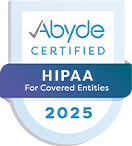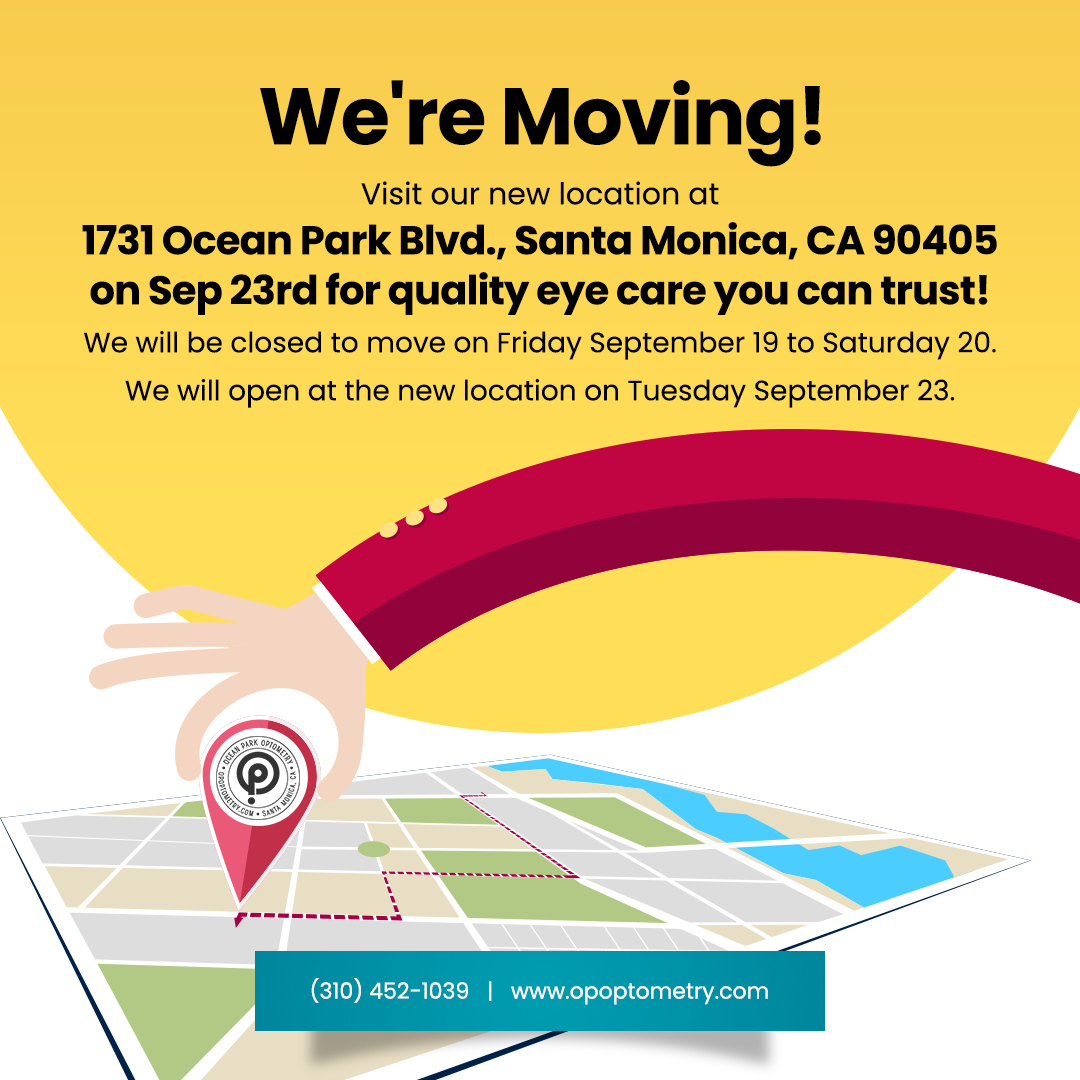
Have you ever wondered why you struggle to see distant objects clearly? You're not alone. Millions of people worldwide are affected by a common eye condition known as myopia, also referred to as nearsightedness. While myopia can significantly impair your vision, the good news is that there are advancements in myopia control and prevention that can help manage this condition and even prevent its progression.
What is Myopia?
Myopia is a refractive error in the eye that leads to difficulty in seeing distant objects clearly while close-up vision remains sharp. It is typically caused by an elongated eyeball or a cornea with excessive curvature. The result is a situation where light rays entering the eye don't focus on the retina as they should, but instead converge at a point in front of it. This irregularity leads to blurry distance vision.
Often starting in childhood, myopia can progress rapidly or gradually, often stabilizing in early adulthood. However, high myopia can increase the risk of severe eye problems, such as retinal detachment, glaucoma, and cataracts. But thanks to advancements in myopia control, these risks can be significantly mitigated.
Advancements in Myopia Control
In the past, the mainstay of myopia control was prescription glasses or contact lenses. While these solutions can correct refractive errors, they do not necessarily slow down the progression of myopia. But recent advancements in myopia control have shown promise in not just correcting myopia, but also slowing its progression.
Orthokeratology, or Ortho-K, is one such advancement. It involves the use of specially designed, gas permeable contact lenses which are worn overnight. They temporarily reshape the cornea, which helps to correct refractive errors. Studies have shown that Ortho-K can slow the progression of myopia in children.
In addition to Ortho-K and pharmaceutical treatments, technological advancements have also played a significant role in myopia control. One example is the development of specialized spectacle lenses designed to reduce the rate of myopia progression. These lenses, such as the MiSight 1 day lenses by CooperVision, come with concentric rings that focus part of the light in front of the retina, which helps slow the progression of myopia.
Advances in laser eye surgery are also noteworthy. Procedures like LASIK and PRK have been used to correct myopia for years. Now, newer technologies like SMILE (Small Incision Lenticule Extraction) offer a less invasive option for myopia correction.
The Future of Myopia Control: What Experts Say
The field of myopia control is rapidly evolving, and experts are optimistic about the future. There's a broad consensus that early intervention is crucial in slowing the progression of myopia and thus preventing its associated complications.
Research is ongoing into new and more effective treatments. For instance, there are studies into the use of bifocal or multifocal lenses for myopia control, with promising initial results. Bioengineering is also making strides into creating corneal inlays and onlays that can correct refractive errors and potentially slow down myopia progression.
The Importance of Early Detection and Prevention in Myopia
Early detection and prevention of myopia cannot be overstated. Regular eye examinations are crucial in detecting myopia and starting treatment early. This is especially important in children, as myopia typically starts and progresses during childhood.
Prevention strategies, such as spending more time outdoors and limiting close-up work, can help reduce the risk of developing myopia. Furthermore, with the advancements in myopia control, it's possible to slow down its progression significantly once detected.
Finding the Right Myopia Control and Prevention Solution for You
The choice of a myopia control and prevention strategy is highly individual and depends on several factors, including the age of the patient, the degree of myopia, and the rate of progression. It's crucial to have a thorough discussion with your eye care professional to understand the options available and choose the most suitable one for your specific needs.
The goal is not just to correct the refractive error, but also to slow down the progression of myopia. This requires a comprehensive approach that combines the latest advancements in myopia control with lifestyle modifications.
Conclusion
The advancements in myopia control and prevention have revolutionized the way we understand and manage this common eye condition. Today, we are no longer limited to just correcting the refractive error, but we can also slow down the progression of myopia, reducing the risk of severe eye problems later in life.
This journey into understanding myopia control and its advancements is indeed a testament to the remarkable strides we've made in eye health. And as technology and research continue to evolve, we can look forward to even more breakthroughs in the future.
For more information on the latest advancements in myopia control and prevention, visit Ocean Park Optometry at our office in Santa Monica, California. Call (310) 452-1039 to book an appointment today.













